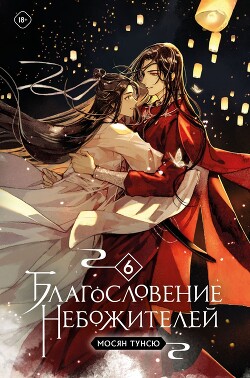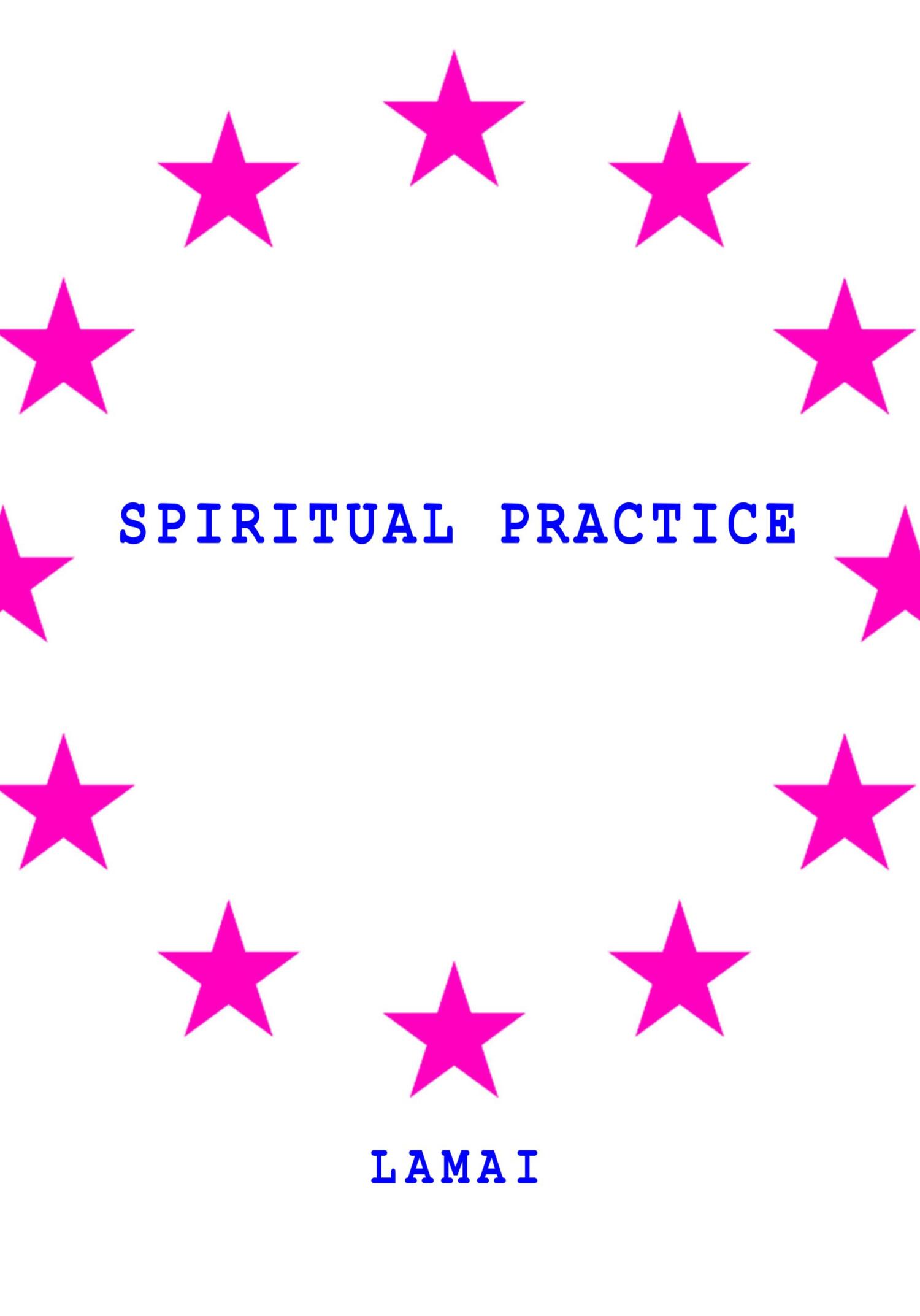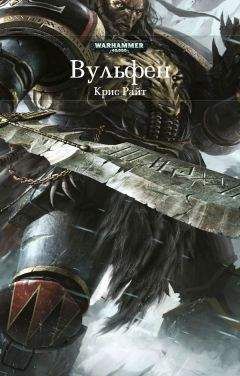Webnovels are novels serialized by chapter online, and the websites that host them are considered spaces for indie and amateur writers. Many novels, dramas, comics, and animated shows produced in China are based on popular webnovels.
Heaven Official’s Blessing was first serialized on the website JJWXC.
TERMINOLOGY
ARRAY: Area-of-effect magic circles. Anyone within the array falls under the effect of the array’s associated spell(s).
ASCENSION: In typical xianxia tales, gods are conceived naturally and born divine. Immortals cannot attain godhood but can achieve great longevity. In Heaven Official’s Blessing, however, both gods and immortals were born mortal and either cultivated deeply or committed great deeds and attained godhood after transcending the Heavenly Tribulation. Their bodies shed the troubles of a mortal form and are removed from the corporeal world.
AUSPICIOUS CLOUDS: A sign of good fortune and the divine, auspicious clouds are also often seen as methods of transport for gods and immortals in myth. The idea springs from the obvious association with clouds and the sky/heavens, and also because yun (云 / “cloud”) and yun (运 / “luck”) sound similar.
BOWING: Bowing is a social custom in many Asian nations. There are several varieties of bow in Chinese culture, which are distinguished by how low the bow goes as well as any associated hand gestures. A deeper bow indicates more respect, and those with high social status will always expect a deeper bow from those with low status. The kowtow (see associated glossary entry) is the most respectful level of bow. “Standing down in a bow” means holding a bowing position while leaving someone’s presence.
BUDAOWENG: A budaoweng (不倒翁 / “wobbly old man”) is an oblong doll, weighted so that it rolls back into an upright position whenever it is knocked down.
CHINESE CALENDAR: The Chinese calendar uses the Tian Gan Di Zhi (Heavenly Stems, Earthly Branches) system, rather than numbers, to mark the years. There are ten heavenly stems (original meanings lost) and twelve earthly branches (associated with the zodiac), each represented by a written character. Each stem and branch is associated with either yin or yang, and one of the elemental properties: wood, earth, fire, metal, and water. The stems and branches are combined in cyclical patterns to create a calendar where every unit of time is associated with certain attributes.
This is what a character is asking for when inquiring for the date/time of birth (生辰八字 / “eight characters of birth date/time”). Analyzing the stem/branch characters and their elemental associations was considered essential information in divination, fortune-telling, matchmaking, and even business deals.
Colors:
WHITE: Death, mourning, purity. Used in funerals for both the deceased and mourners.
BLACK: Represents the Heavens and the Dao.
RED: Happiness, good luck. Used for weddings.
YELLOW/GOLD: Wealth and prosperity, and often reserved for the emperor.
BLUE/GREEN (CYAN): Health, prosperity, and harmony.
PURPLE: Divinity and immortality, often associated with nobility.
CONFUCIANISM: Confucianism is a philosophy based on the teachings of Confucius. Its influence on all aspects of Chinese culture is incalculable. Confucius placed heavy importance on respect for one’s elders and family, a concept broadly known as xiao (孝 / “filial piety”). The family structure is used in other contexts to urge similar behaviors, such as respect of a student towards a teacher, or people of a country towards their ruler.
COUGHING/SPITTING BLOOD: A way to show a character is ill, injured, or upset. Despite the very physical nature of the response, it does not necessarily mean that a character has been wounded; their body could simply be reacting to a very strong emotion.
(See also Seven Apertures/Qiqiao.)
CULTIVATORS/CULTIVATION: Cultivators are practitioners of spirituality and martial arts who seek to gain understanding of the will of the universe while attaining personal strength and extending their life span. Cultivation is a long process marked by “stages.” There are traditionally nine stages, but this is often simplified in fiction. Some common stages are noted below, though exact definitions of each stage may depend on the setting.
◇ Qi Condensation/Qi Refining (凝气/练气)
◇ Foundation Establishment (筑基)
◇ Core Formation/Golden Core (结丹/金丹)
◇ Nascent Soul (元婴)
◇ Deity Transformation (化神)
◇ Great Ascension (大乘)
◇ Heavenly Tribulation (渡劫)
CULTIVATION MANUAL: Cultivation manuals and sutras are common plot devices in xianxia/wuxia novels. They provide detailed instructions on a secret or advanced training technique and are sought out by those who wish to advance their cultivation levels.
CURRENCY: The currency system during most dynasties was based on the exchange of silver and gold coinage. Weight was also used to measure denominations of money. An example is something being marked with a price of “one liang of silver.”
DAOISM: Daoism is the philosophy of the dao (道), known as “the way.” Following the dao involves coming into harmony with the natural order of the universe, which makes someone a “true human,” safe from external harm and who can affect the world without intentional action. Cultivation is a concept based on Daoist beliefs.
DEMONS: A race of immensely powerful and innately supernatural beings. They are almost always aligned with evil.
DISCIPLES: Cultivation sect members are known as disciples. Disciples live on sect grounds and have a strict hierarchy based on skill and seniority. They are divided into Core, Inner, and Outer rankings, with Core being the highest. Higher-ranked disciples get better lodging and other resources.
When formally joining a sect as a disciple or a student, the sect becomes like the disciple’s new family: teachers are parents and peers are siblings. Because of this, a betrayal or abandonment of one’s sect is considered a deep transgression of Confucian values of filial piety. This is also the origin of many of the honorifics and titles used for martial arts.
DRAGON: Great chimeric beasts who wield power over the weather. Chinese dragons differ from their Western counterparts as they are often benevolent, bestowing blessings and granting luck. They are associated with the heavens, the Emperor, and yang energy.
EIGHTTRIGRAMS MAP: Also known as the bagua or pakua, an eight trigrams map is a Daoist diagram containing eight symbols that represent the fundamentals of reality, including the five elements. They often feature a symbol for yin and yang in the center as a representation of perfect balance between opposing forces.
ENTRANCE COUPLETS: Written poetry verses that are posted outside the door of a building. The two lines of poetry on the sides of the door express the meaning/theme of the establishment, or are a wish for good luck. The horizontal verse on the top summarizes or is the subject of the couplets.
FACE:Mianzi (面子), generally translated as “face,” is an important concept in Chinese society. It is a metaphor for a person’s reputation and can be extended to further descriptive metaphors. For example, “having face” refers to having a good reputation, and “losing face” refers to having one’s reputation hurt. Meanwhile, “giving face” means deferring to someone else to help improve their reputation, while “not wanting face” implies that a person is acting so poorly/shamelessly that they clearly don’t care about their reputation at all. “Thin face” refers to someone easily embarrassed or prone to offense at perceived slights. Conversely, “thick face” refers to someone not easily embarrassed and immune to insults.



